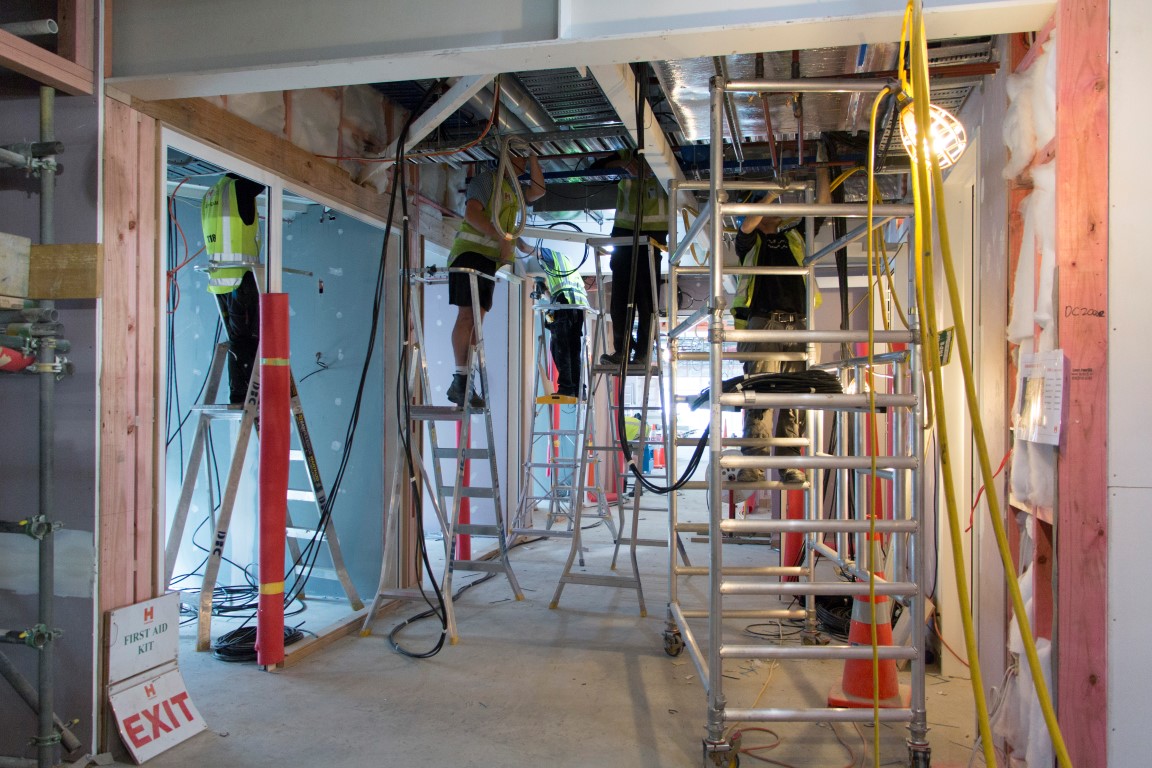

The goal of value engineering is to reduce the cost of design solutions without sacrificing the functionality of the end result. But the value of a building is not limited to the construction phase. Value engineering decisions also need to balance the benefits and costs that are likely to accrue across the whole life of the asset.
One area where value engineering can have a significant impact on long-term costs is the installation of building services such as lighting, data cabling and HVAC. These components will incur operating and maintenance costs over the life of the building and need to be configured with this in mind. A decision to make short-term project savings by allowing ad hoc services installation can lead to unnecessary long-term costs if access is compromised as a result.
Innovation is another area that can suffer under value engineering. Forward thinking solutions for rainwater collection or more efficient heating, for example, might involve significant up-front investments but can return future benefits both in financial terms and as part of achieving broader organisational goals.
Also take account of the impact of value engineering decisions on the activities that will happen in the completed buildings. Make sure that construction cost savings do not lead to increased operational expenses for retrofitting and work arounds.
Get the right heads around the table
In the high-stakes, high-intensity recovery environment, it can be easy to lose sight of longer-term thinking in favour of the immediate bottom line. The answer is to make sure that representatives with a long-term interest in the building are involved in value engineering decisions, and that all consequences are taken into account, not just the immediate financial outcome.
As well as university and programme senior management, in our case this included seeking input from Facilities Services, the group responsible for maintaining building fabric and plant across campus. But remember that these people will already be stretched by other recovery demands in their BAU roles so make it easy for them to contribute by identifying relevant questions in advance and focusing meetings on decision making.

Communicate the outcomes
Value engineering inevitably involves decisions that are unpopular with some end users. It is important to have a strategy for communicating difficult decisions and the reasoning behind them to those affected. Most people adapt more easily to incremental change, and this also allows them time to revise work processes so they function effectively in the spaces they will occupy.